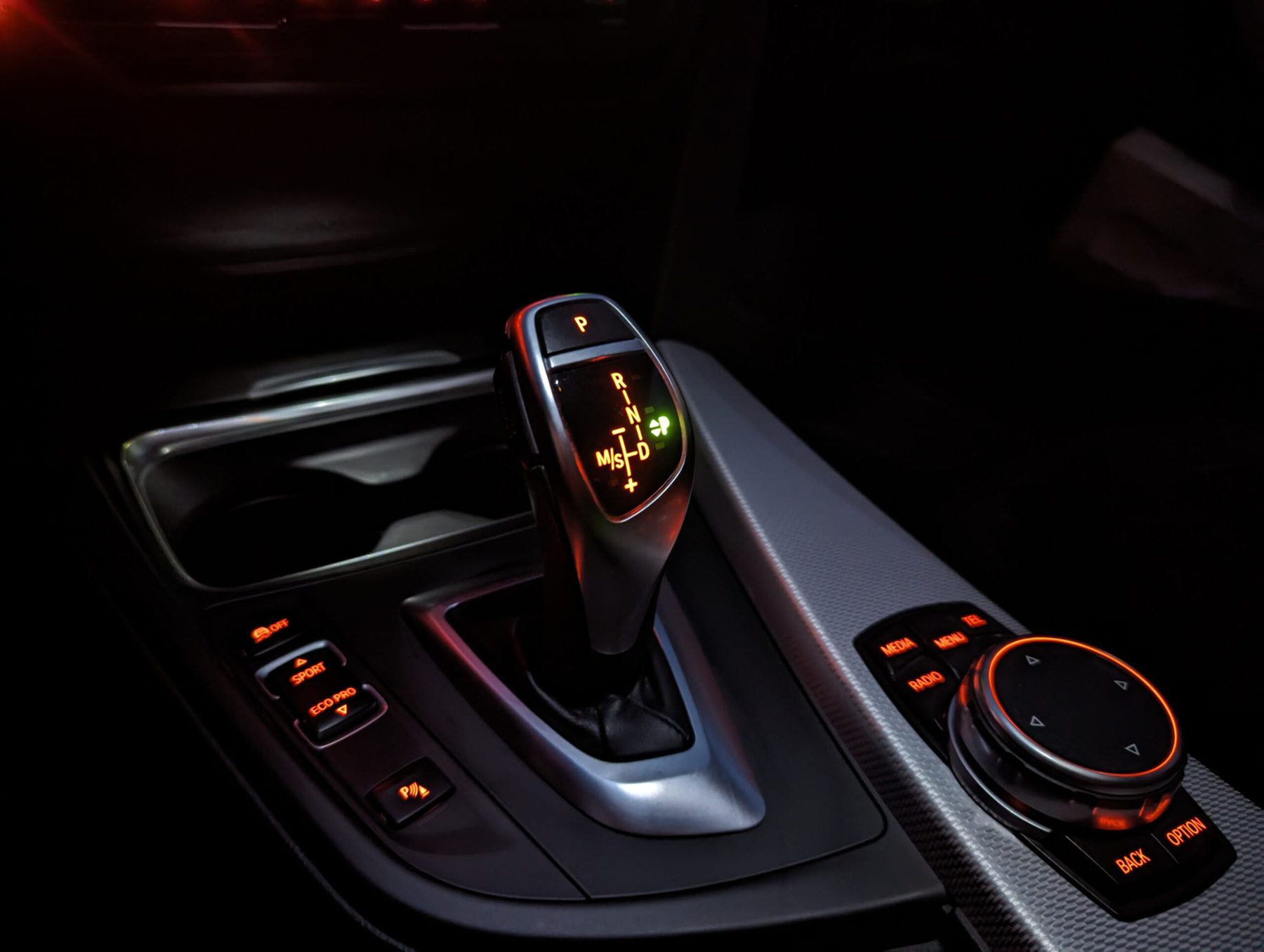
What is a Transmission?
What is a Transmission?
A transmission, in simplest terms, transfers power—often described as torque—from one place to another, generally from the source of power to where the power is needed.
In a car or truck, a transmission moves power from the engine—or in the case of electric vehicles the motor—to a differential. The power then moves from the differential to the drive wheels. (In the case of 4WD and AWD vehicles, there may be one more step involved in the power transfer.)
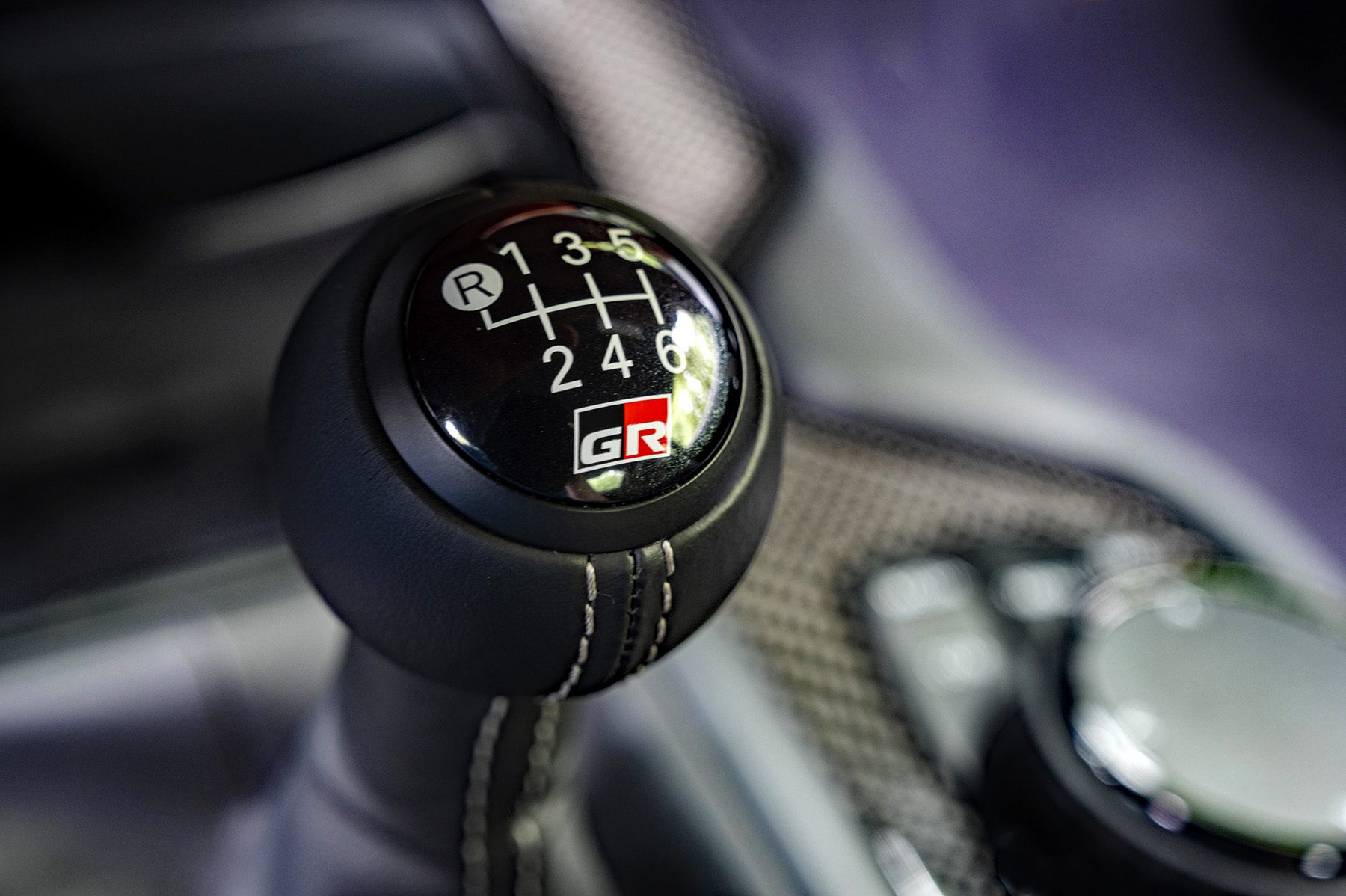
Manual versus Automatic
Transmissions are generally divided into two categories, manual (the driver does the gear selection) and automatic (the vehicle handles gear selection without driver input), though things aren’t quite that simple.
Because car engines operate in a relatively narrow RPM range, transmissions also multiply the torque output of the engine via a set of gears or “speeds.” This to facilitate vehicle operation over the greatest possible speed range. We’ll talk about speeds in a moment.
Car Character
While engines are generally credited with helping to define the character of a given vehicle, a transmission’s tuning and refinement can also play a significant role in determining how a car feels. And though consumers don’t generally have much choice as to which transmission their vehicle will be equipped with, different equipment and trim levels may include specific trans types.
Choosing a Transmission
In the case of the 2025 Chevrolet Equinox, for example, front-wheel drive models come with a CVT-style automatic (see below), while AWD variants are equipped with a conventional “stepped gear” auto.
While you as a car shopper may not have much choice when it comes to selecting a transmission, it is important to understand the technology, and how it may affect your overall ownership experience.
Here we will look several transmission types, and explore how each typically performs in terms of drive experience and fuel economy:
Types of Transmissions
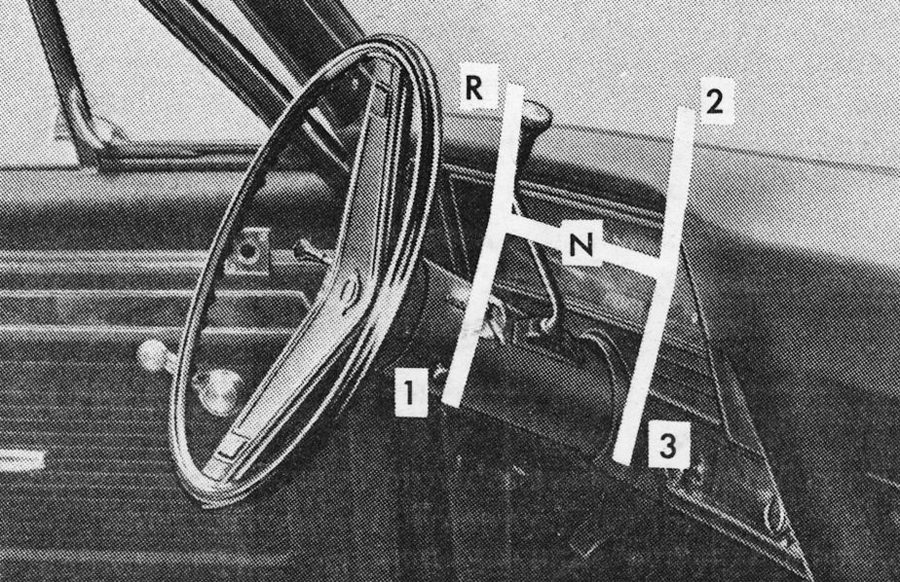
Manual, or “Stick Shift”
Driving a vehicle equipped with a manual transmission means rowing through gears generally arranged in an “H” pattern via a shifter located between the front seats, usually situated on the center console.
Though not recently, manual gear selectors have also been located on the steering column, an arrangement lovingly referred to as “three on the tree.” Modern manual transmissions are generally 6-speed units, though 5- and 7-speed transmissions can still he had.
Operating a manual transmission requires the driver to not only select the desired gear, but to also operate the foot/leg-actuated clutch. Employing the clutch disconnects the engine from the transmission, allowing for gear changes. Per one estimate, fewer than three percent of new vehicles sold in the U.S. in 2024 were equipped with a manual transmission.
Pros:
- Driving enthusiasts enjoy the mechanical engagement provided by “stick shift.”
- Mastering use of the manual transmission can be rewarding.
- Because so few people know how to drive stick, your car will likely never be stolen.
Cons:
- It is no longer true that manual-transmission cars are quicker, or more fuel efficient than automatic-equipped vehicles.
- Depending on the model, a manual-transmission car may prove difficult to sell at trade-in time.
- Finding a last-minute driver in the case of an emergency may be problematic.
Automatic (conventional “stepped gear”)
The 1940 Oldsmobile was the first mass-produced car equipped with an automatic transmission. The General Motors “Hydra-Matic,’ as the unit was called, was quickly disseminated to other company divisions for subsequent model year inclusion.
Automatics today generally employ between six and ten “gears,” with efficiency and performance generally improving as the gear count rise.
Conventional automatic transmissions require no driver input—aside from selecting “Drive” or “Reverse,” though selectable settings including the likes of “Econ,” “Sport,” or “Tow/Haul,” maybe be available on certain vehicles.
While automatic transmission once added significantly to the price of a new vehicle, they are now generally offered as standard equipment.
Pros:
- Easy to operate: Requires no special training
- Easy to find: Most vehicles sold in the U.S. are offered with an automatic transmission
- Easy to sell: Most use-car shoppers plan to purchase an automatic equipped car
Cons:
- Automatic-transmission-equipped cars car are arguably less fun to drive than manual-equipped vehicles
- Automatic transmissions may require more maintenance than do manuals
- Automatics are generally not considered cool
In additional to the traditional, and common, “stepped-gear” automatic transmission, a number of alternative technologies are also available, the include:
Dual-Clutch Automatic Transmission
Dual-clutch automatics behave in very much the same fashion as conventional automatics do, but employ unique technology. Dual-clutch automatics feature two (hence dual) concentric clutches, which are each assigned to specific gears. As the two clutches engage alternate gears, one clutch is always positioned to shift immediately to the next needed ratio.
The primary advantage of a dual-clutch automatic is quick and timely shifts, something favored by driving enthusiasts. Volkswagen’s DSG transmission is a popular example of the technology.
Pros: Quick and timely shifts, potentially improved fuel economy
Cons: Shifts can be overly pronounced–and even occasionally harsh–depending on the application
Continuously Variable Transmission (CVT)
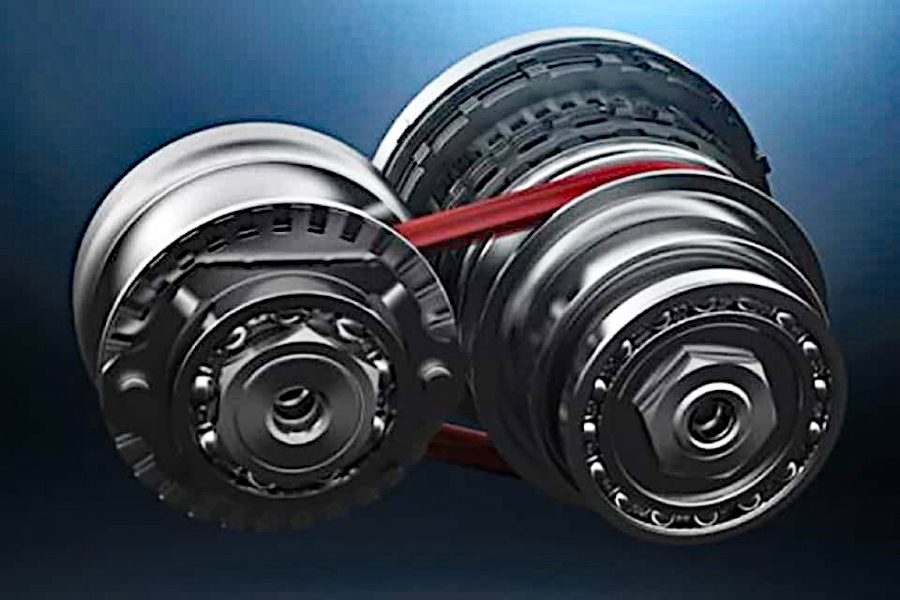
Unlike other automatic-transmission types, the continuously variable transmission does not make use of specific gear ratios or speeds. Inside, a CVT constantly adjusts the gear ratio, theoretically making available an infinite number of ratios within a given range.
Because there are no actually gear shifts, the feel of a CVT in operation—often described as rubberband-like—can be difficult for some driver’s to acclimate to. Younger and new drivers, however, seem to have little problem with how a CVT performs.
Many manufacturers have embraced CVTs due to their light weight, compact size, and positive impact on fuel economy.
Pros:
Improved fuel economy
Cons:
Unconventional drive experience
Hybrid Automatic
Hybrid automatics operate very much like a CVT, but are mechanically unique. Hybrid automatics employ planetary gear seats mated to electric motors to enact ratio changes, and like CVTs, the number of ratios available is theoretically infinite. Most Toyota hybrids employ this type of automatic transmission. As far as consumers are concerned, a hybrid automatic and CVT feel very much the same in use. We call out the hybrid automatic out here, because manufacturers will use the term interchangeably with CVT–though the two systems employ unique technology.
Automated Manual
Once popular on high-performance BMW models, an automated manual is mechanically similar to a manual transmission, but requires no clutch and will shift “automatically” on its own. Automated manuals are generally accompanied by some form of manual shift lever or paddle, allowing drivers to execute shifts as desired. Generally speaking, automated manuals are best reserved for high-performance driving, and can be clunky in around-town driving.
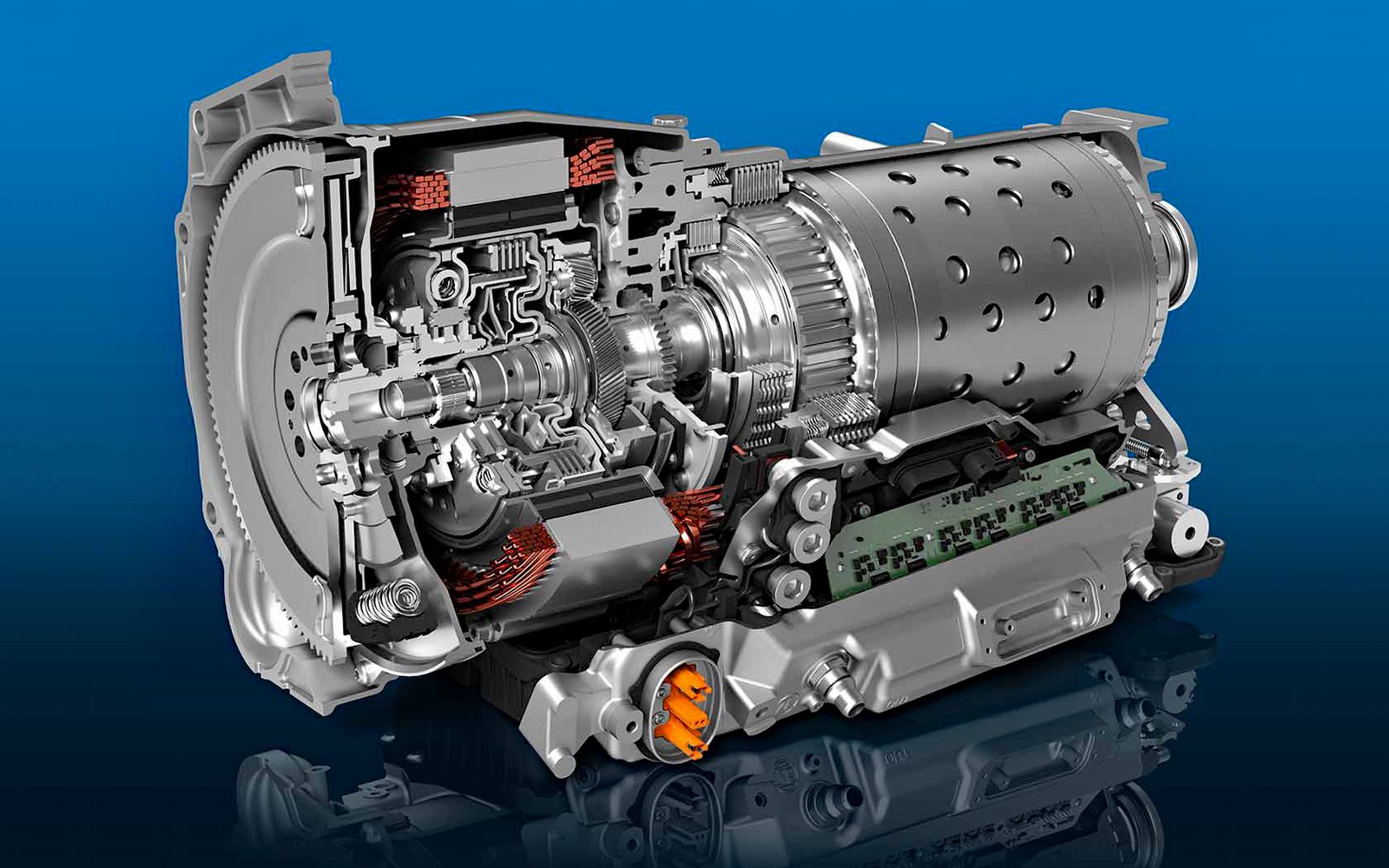
Listen to the Car Stuff Podcast
Transmission Pictures
Click below for enlarged images

